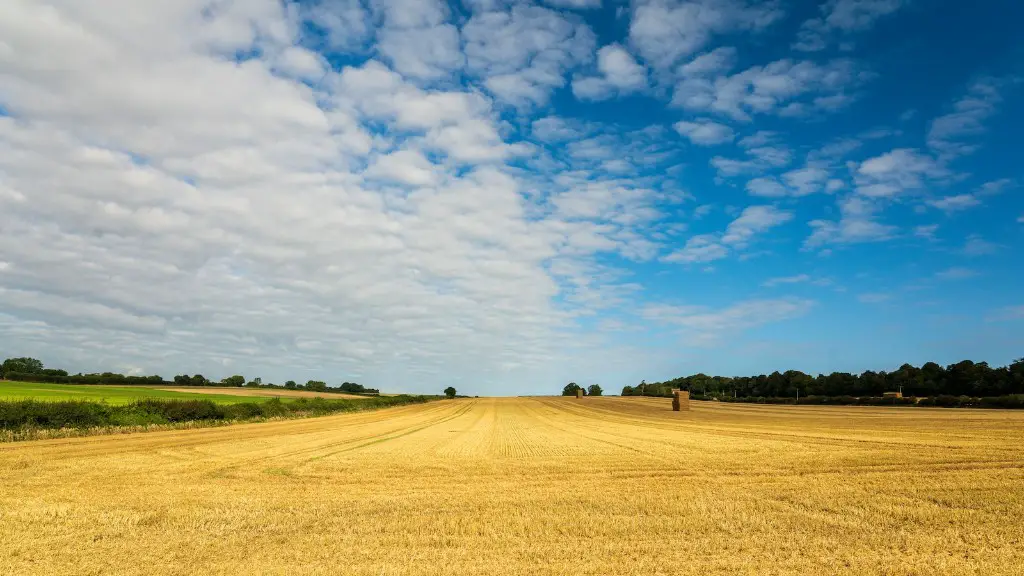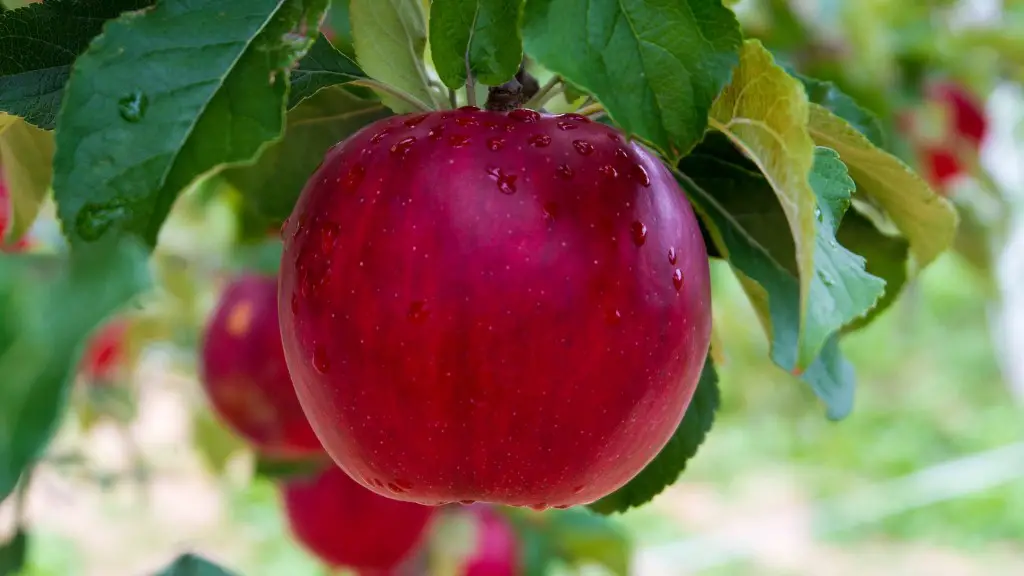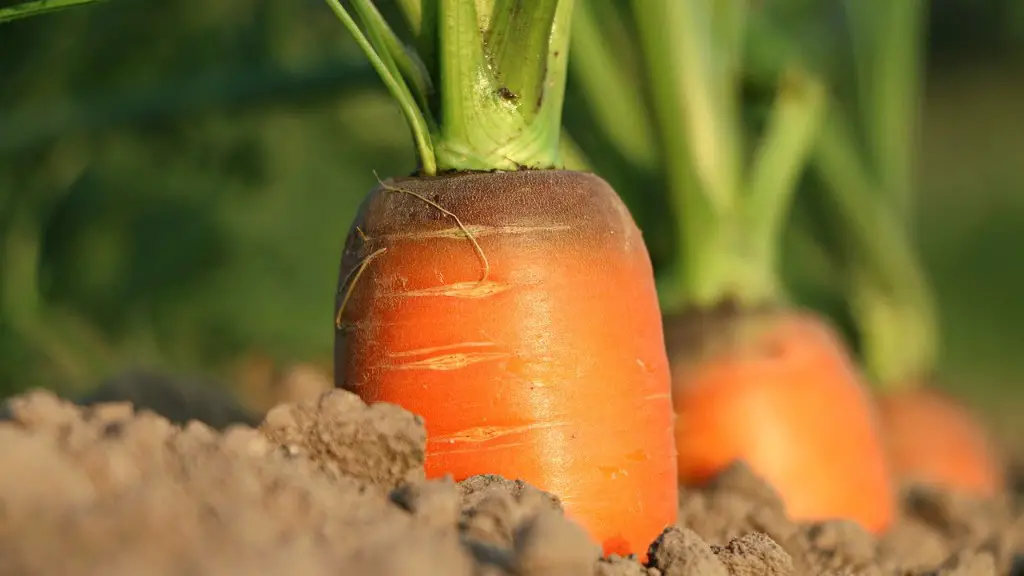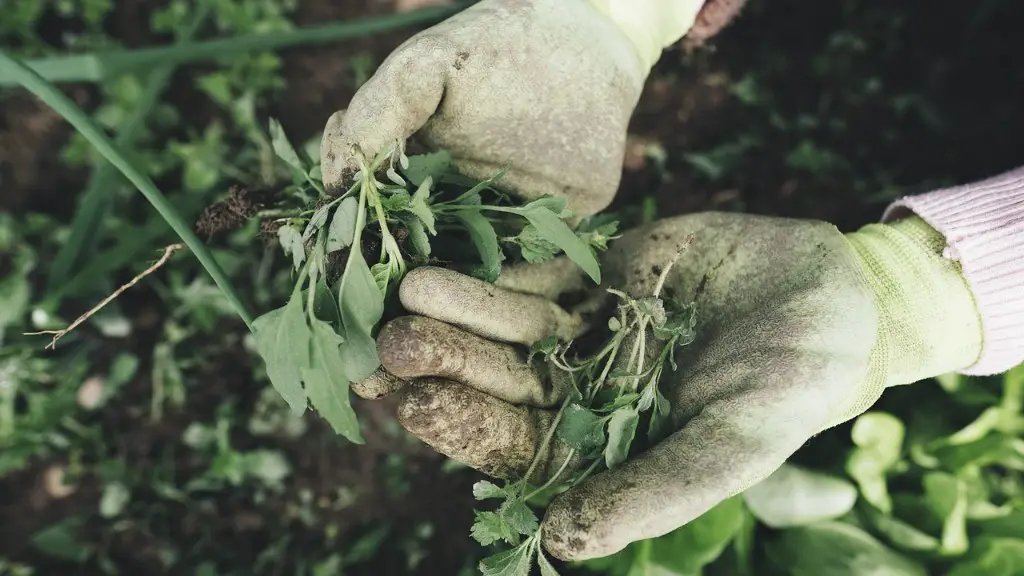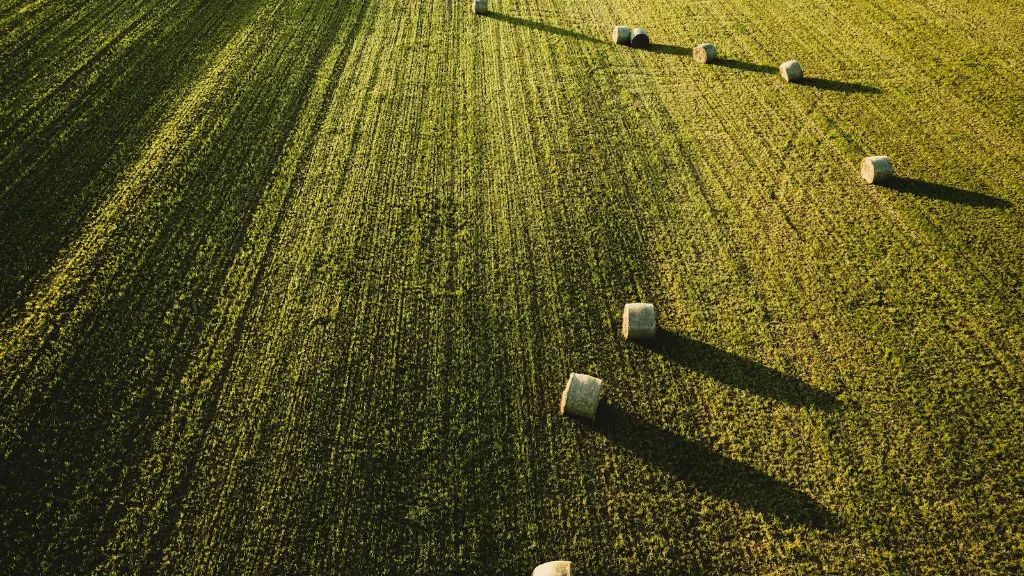Slash and burn agriculture is a form of subsistence farming in which farmers cut down and burn trees and bushes to create fields. They then plant crops in the charred soil, which is rich in nutrients. After a few years, the nutrients are depleted and the farmers must move on to new land.
Slash and burn agriculture is a type of subsistence agriculture that involves cutting down and burning trees and shrubs in a plot of land to create a field for planting. The practice is often used in tropical forest regions.
What is the meaning of slash and burn agriculture?
Slash and burn agriculture is a popular method of growing food in many parts of the world. The practice involves clearing a area of forest or wild land, and burning any remaining vegetation. The resulting layer of ash provides the newly-cleared land with a nutrient-rich layer to help fertilize crops.
There are many benefits to slash and burn agriculture, including the fact that it is often one of the most efficient ways to clear land for farming. However, the practice can also have negative impacts on the environment, including air pollution and soil erosion.
The milpa is a great example of slash-and-burn agriculture. In this system, farmers slash and burn a single plot of land each year. They then let the land lie fallow for a period of time before replanting it. This allows the land to regenerate and become even more productive over time.
What is slash and burn agriculture and who used it
Slash and burn agriculture is a type of subsistence farming that is typically done by tribal communities in order to survive. These communities are typically located in central Africa, northern South America, and Southeast Asia. In order to practice slash and burn agriculture, farmers first clear a section of land by cutting down trees and burning the vegetation. They then plant crops in the newly cleared land and allow the ashes from the fire to act as a natural fertilizer. After a few years, the land becomes depleted of nutrients and the farmers are forced to move on to a new plot of land.
Slash and burn methods have been used for centuries in upland areas with steep slopes, low soil fertility, and unpredictable natural hazards. This method allows people to survive in an environment that would otherwise be difficult to cultivate. The downside to slash and burn methods is that they can lead to deforestation and soil erosion.
Why is slash and burn bad for the environment?
The slash and burn practices used by some people in Indonesia are having a devastating effect on the natural balance of the tropical rainforest. The soil is being eroded away, and the trees and other vegetation are being destroyed. This is causing a downward spiral that the forest cannot recover from quickly. The loss of the tropical rainforest will have a devastating impact on the biodiversity of the area, as well as the people who rely on it for their livelihoods.
Slash and burn agriculture is one of the leading causes of deforestation. It results in soil erosion, the loss of biodiversity, and the loss of naturally beautiful ecosystems. Farmers have begun to utilize other agricultural methods in place of slash and burn farming.
What is slash and burn farming What are its disadvantages?
Shifting cultivation, also known as “slash and burn” agriculture, is a farming method in which farmers clear a piece of land by cutting down all the trees and plants, burning the debris, and then planting crops in the ashes. After a few years, the land loses its fertility and the farmer moves on to a new plot. Deforestation, loss of fertility, and soil erosion are the main disadvantages of this type of agriculture.
The slash and burn process is a method of clearing land for agriculture that has been used for centuries. This process involves cutting down trees and shrubs, and then burning them. The burning releases nutrients which then fertilize the soil. This method of clearing land is successful because it leaves the soil in excellent condition for growing crops.
Is slash and burn sustainable
Slash-and-burn agriculture is a type of subsistence farming that involves clearing a piece of land by cutting down all the trees and burning all the vegetation. This type of farming is often used in tropical areas with dense forests. After the land is cleared, farmers plant crops on the land and wait for them to grow. Once the crops are harvested, the farmers move on to a new piece of land and clear it using the same methods.
Today, however, slash-and-burn agriculture is hardly sustainable. It has led to deforestation, increased carbon emissions, and a loss of biodiversity. Deforestation occurs when forests are cleared for farming. This can lead to soil erosion, as well as a loss of habitat for animals. Additionally, the burning of vegetation releases carbon dioxide into the atmosphere, which contributes to climate change. And finally, slash-and-burn agriculture often results in a loss of biodiversity, as different species of plants and animals are lost when their habitat is destroyed.
Aside from the benefits mentioned, agricultural burning also help promote growth of new plants by providing them with the ashes left behind which are rich in nutrients. It also helps in clearing the land for the next season’s growth.
How long does slash and burn last?
In the traditional, widespread technique of forest conversion to agricultural land, trees are cut and subsequently burned, with the ashes being used to amend the soil. After a few years of repetitive cultivation, crop yield decreases while weeds invade the agricultural fields.
“Cutting trees and brush, burning down and fertilizing soil, planting crops and moving on” is a common agricultural practice in many parts of the world. This practice can be beneficial to the environment and to the farmers, as it helps to improve soil quality and production. However, it is important to be aware of the potential risks and impacts of this practice, as it can also lead to environmental degradation and soil erosion.
Does slash-and-burn cause global warming
The slash-and-burn agricultural method involves burning large amounts of organic matter, such as trees and plants. This method is often used to clear land for new farming purposes. However, in addition to its local effects, slash-and-burn agriculture also emits greenhouse gases into the atmosphere, which contribute to global climate change.
Slash-and-burn agriculture is a type of farming that involves cutting down trees and bushes, burning them, and using the resulting ash as fertilizer for crops. This type of farming is sustainable because it does not require outside inputs of energy, such as oil or gas, to produce fertilizers, pesticides, or irrigation.
Can burn and slash become eco friendly How?
Slash and burn agriculture can become environment friendly if the size of the plots used for cultivation are small and widely scattered. This will prevent damage to the forest ecosystem. In addition, crop rotation should be used to maintain soil fertility.
Slash-and-burn operations are a type of forestry management that involve clearing vegetation by cutting it and then burning it. These types of fires can be very difficult to control, especially during periods of drought when the vegetation is very dry and flammable.
Is slash-and-burn used in the US
A pile burn is a controlled burn that is conducted in order to reduce the amount of fuel available for a wildfire. By reducing the amount of fuel, the fire is less likely to go out of control and cause damage. Pile burns are also beneficial in that they can help to break through a temperature inversion, which can help to disperse smoke and improve air quality.
Spring farmers take great care when setting fires on their land. They choose days with high humidity and little wind to make sure the fire is easy to control and direct. This helps prevent the fire from becoming large and uncontrollable.
Final Words
Slash and burn agriculture is a type of farming where farmers clear a piece of land by cutting down the vegetation and burning it. They then plant crops in the cleared land.
Slash and burn agriculture is a type of farming in which farmers clear a piece of land by cutting down all the trees and burning the remaining vegetation. They then plant crops in the ashes of the burned vegetation and farm the land for a few years until the soil is no longer fertile. Farmers then move on to a new piece of land and repeat the process.
